Associate Professor, Dr. Dinh Hong Hai is Head of the Department of Cultural Anthropology, Faculty of Anthropology, University of Social Sciences and Humanities (Vietnam National University, Hanoi). He is also an expert in symbol research with the book series Typical Symbols in Vietnamese Culture (volumes 1 - 4).
PV: The dragon symbol is not unique to Vietnam, but also to many other European and Asian countries. So how is the Vietnamese dragon spiritually different from the dragons of other countries, sir?
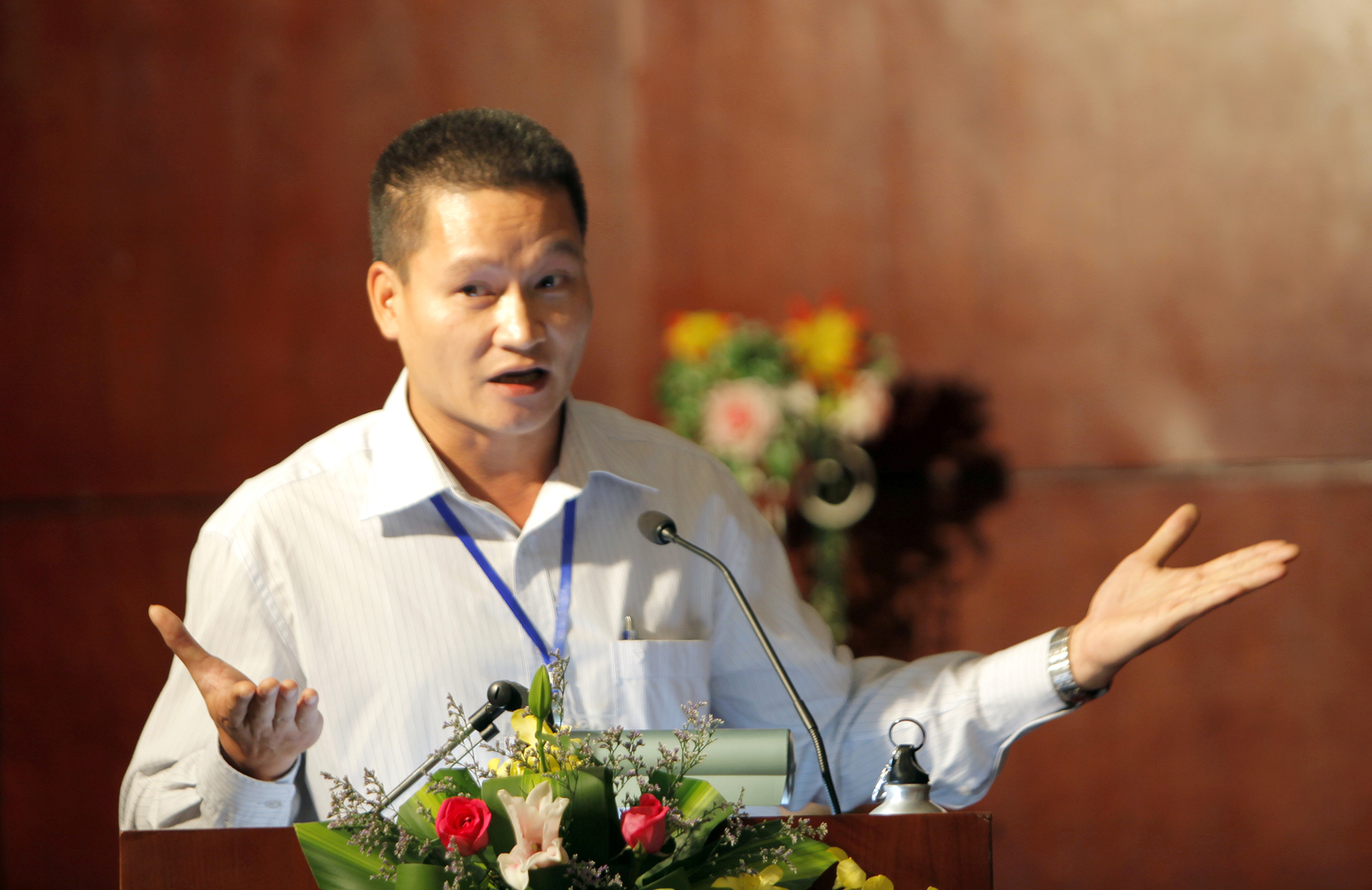
Associate Professor, Dr. Dinh Hong Hai
Associate Professor, Dr. Dinh Hong Hai: In fact, both the East and the West have dragon symbols. Compared to the West, the dragon in Eastern culture in general and in Vietnam in particular has many positive elements. Meanwhile, the dragon in the West has a negative meaning, because of the negative meaning, there is the image of a warrior killing a dragon.
When it comes to the Vietnamese dragon, many people think it is a copy of the Chinese symbol, of the Chinese-speaking cultures. However, these people do not think that there is another element, the Naga snake symbol of India. In the Chinese-speaking cultures or the Indian-speaking cultures, there are two symbols of the dragon and the Naga snake. The Vietnamese dragon symbol is a wonderful combination of the Chinese dragon and the Indian Naga snake.
Can you elaborate on the fact that the Vietnamese dragon symbol is a combination of the Chinese dragon and the Indian Naga snake?
The Chinese dragon is a four-legged creature with a tail, a mane on its head, and a large mouth with sharp fangs. From an artistic perspective, the Chinese dragon is not really beautiful. However, this model is quite fully incorporated into the Ly Dynasty dragon, only the language of expression is different. Meanwhile, the Indian snake god is shaped very gracefully and the language of expression is very similar to the Ly Dynasty dragon.
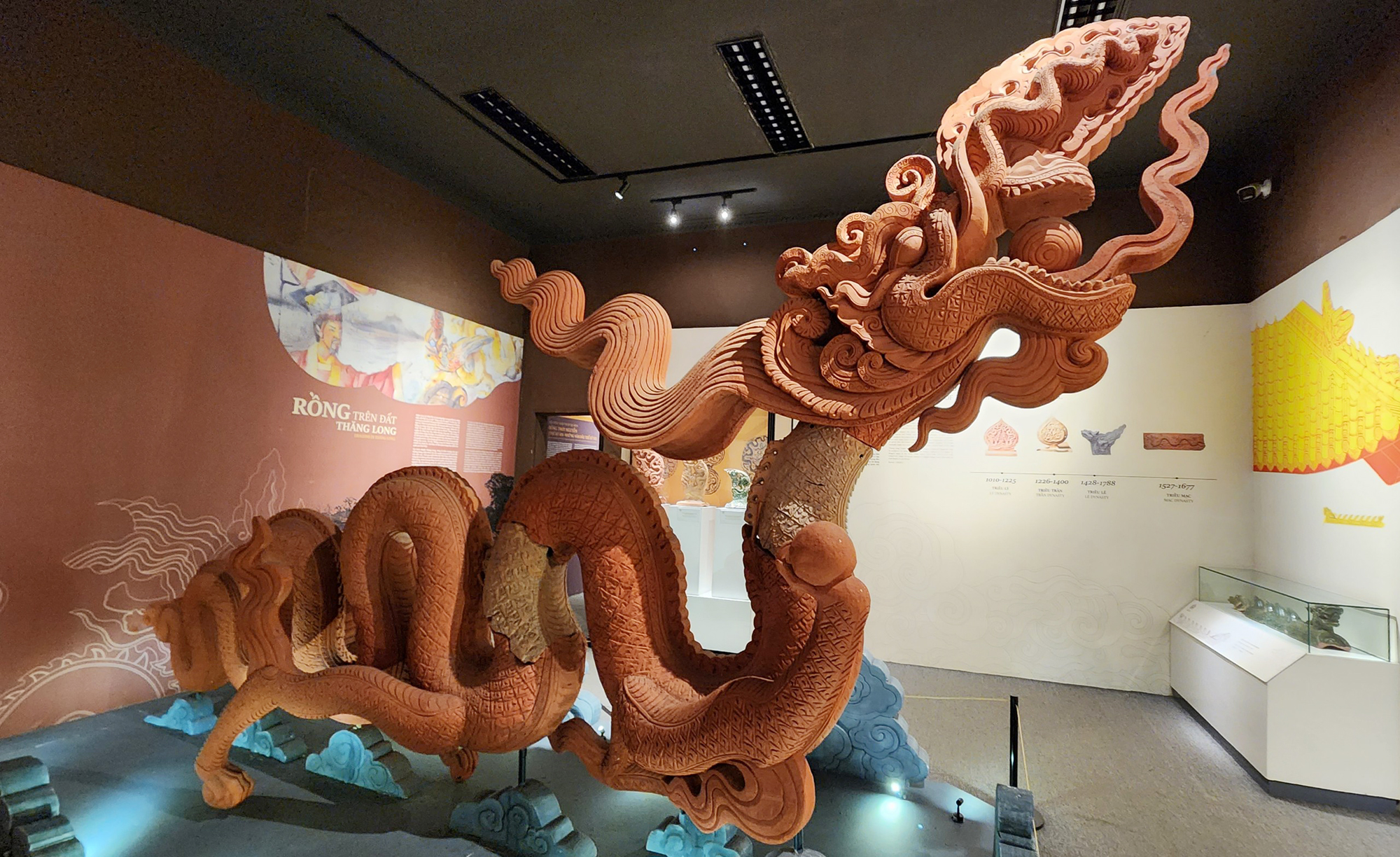
The Ly Dynasty dragon statue is displayed at Thang Long Imperial Citadel.
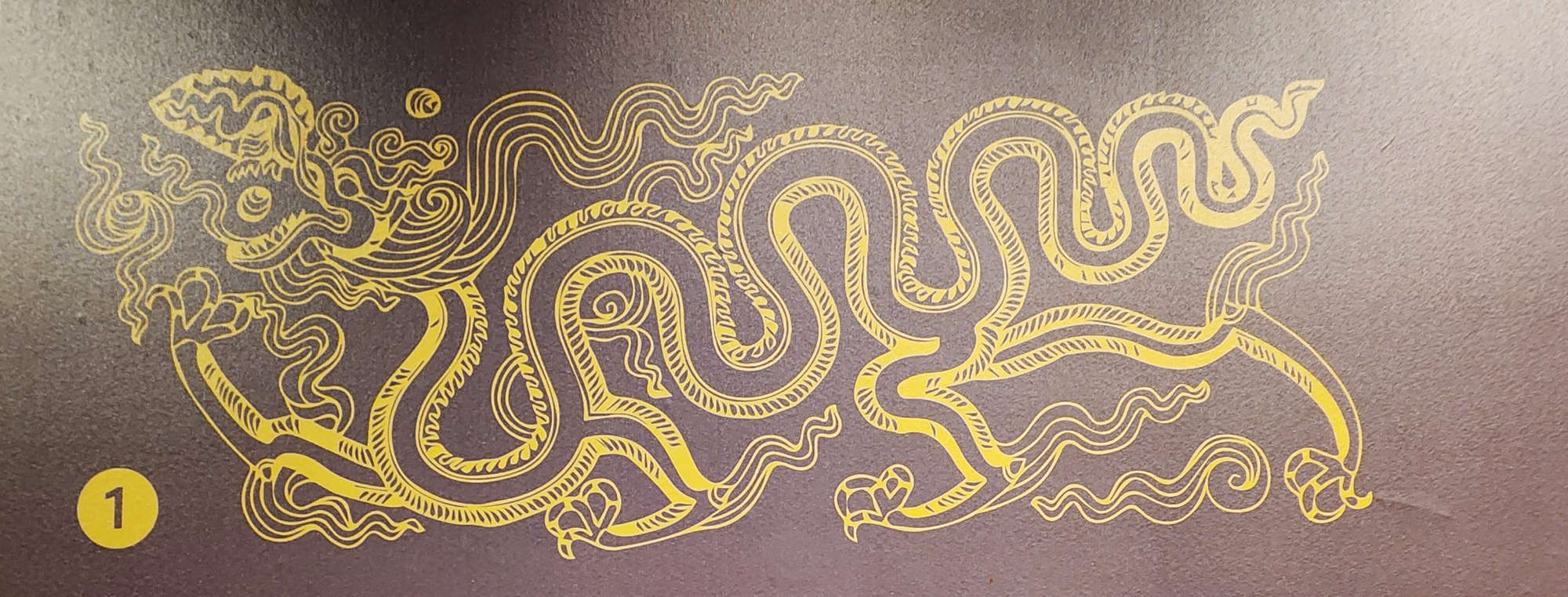
Ly Dynasty dragon drawing
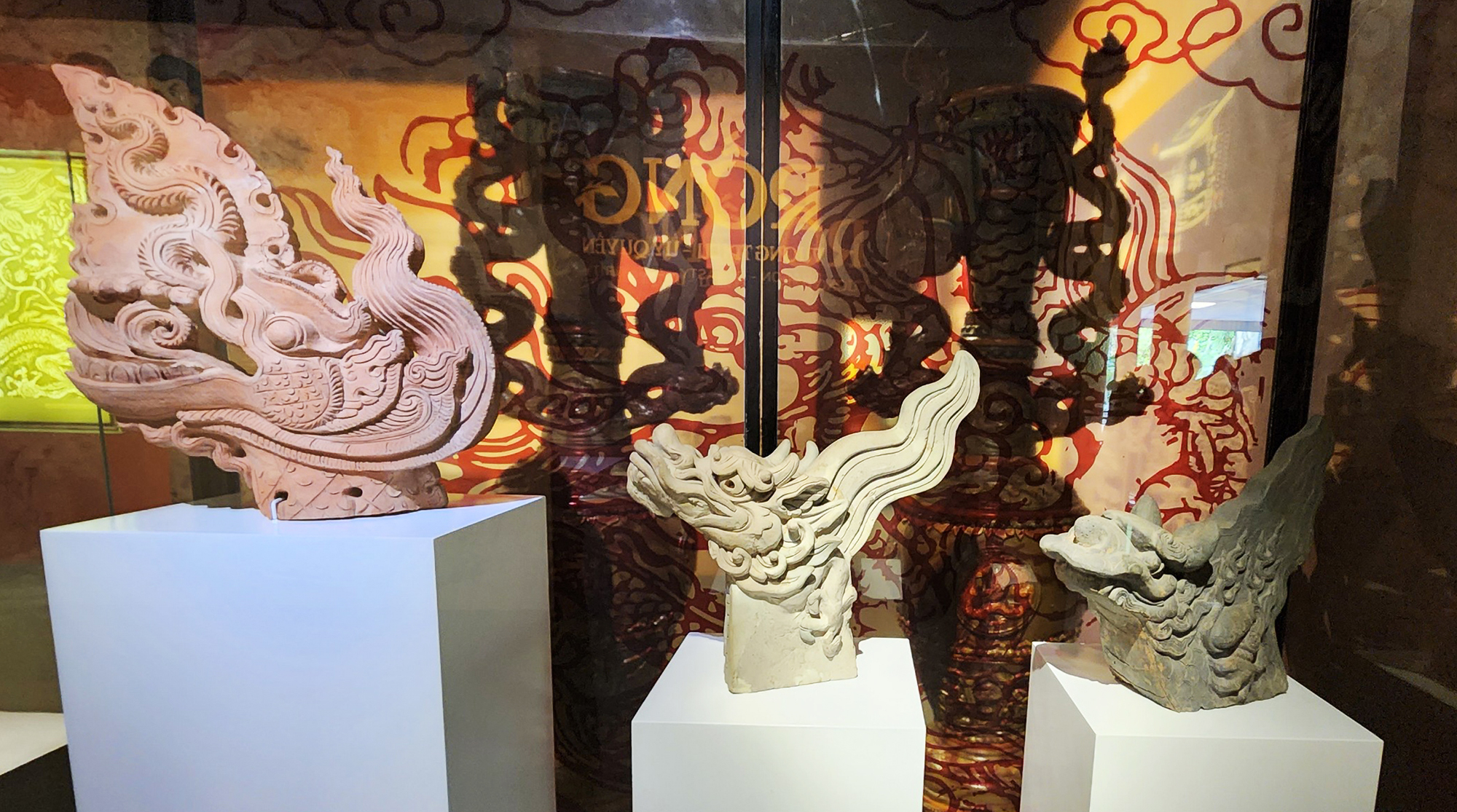
Dragon head discovered in Thang Long Imperial Citadel
More precisely, the Ly dynasty dragon has body parts similar to the Chinese dragon, but the details of the art of shaping are those of the Indian snake god. Some special details such as the mane, beard, and head shape are the most important details, which are almost those of the Naga snake god. Another special point is that the dragon's mane, beard, and head are arranged in the shape of a Bodhi leaf - a characteristic of Buddhist art. This detail affirms the separation from the influence of the Chinese dragon. In addition, while the mane of the Chinese dragon flies backward, the mane of the Ly dragon and the snake god flies forward, creating decorative strips with a tight and complete composition.
I think this combination is also the reason why Professor Tran Quoc Vuong once said that the art of the Ly Dynasty was a pinnacle that later periods could hardly compare to. The dragon symbol of the Tran and Le dynasties could not be compared to the dragon symbol of the Ly Dynasty. The dragon of the Ly Dynasty is a masterpiece with its flexibility - a link between Chinese and Indian culture in the heart of Dai Viet culture.
Do you mean that the Ly dynasty dragon is the most beautiful dragon in the entire history of Vietnamese art?
Yes, that is the aesthetic. But this symbol also has other beauties, coming from the royal nature of the dragon symbol. For folk artists to create the Ly dynasty dragon symbol combining the Naga snake god with the Chinese dragon, there must be an important factor. That is the permission of the royal court.
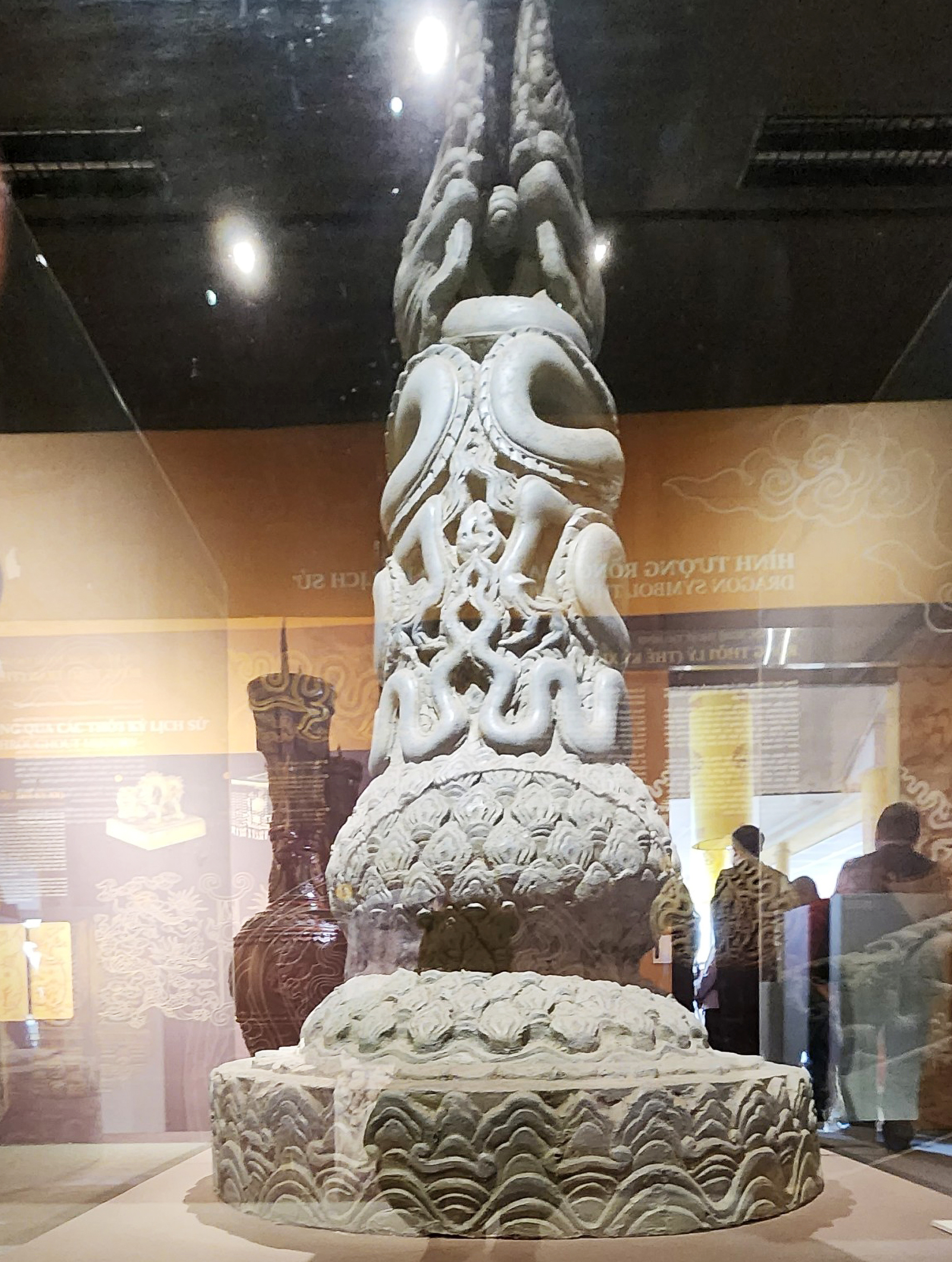
Reconstructing the dragon column model in Bach Thao
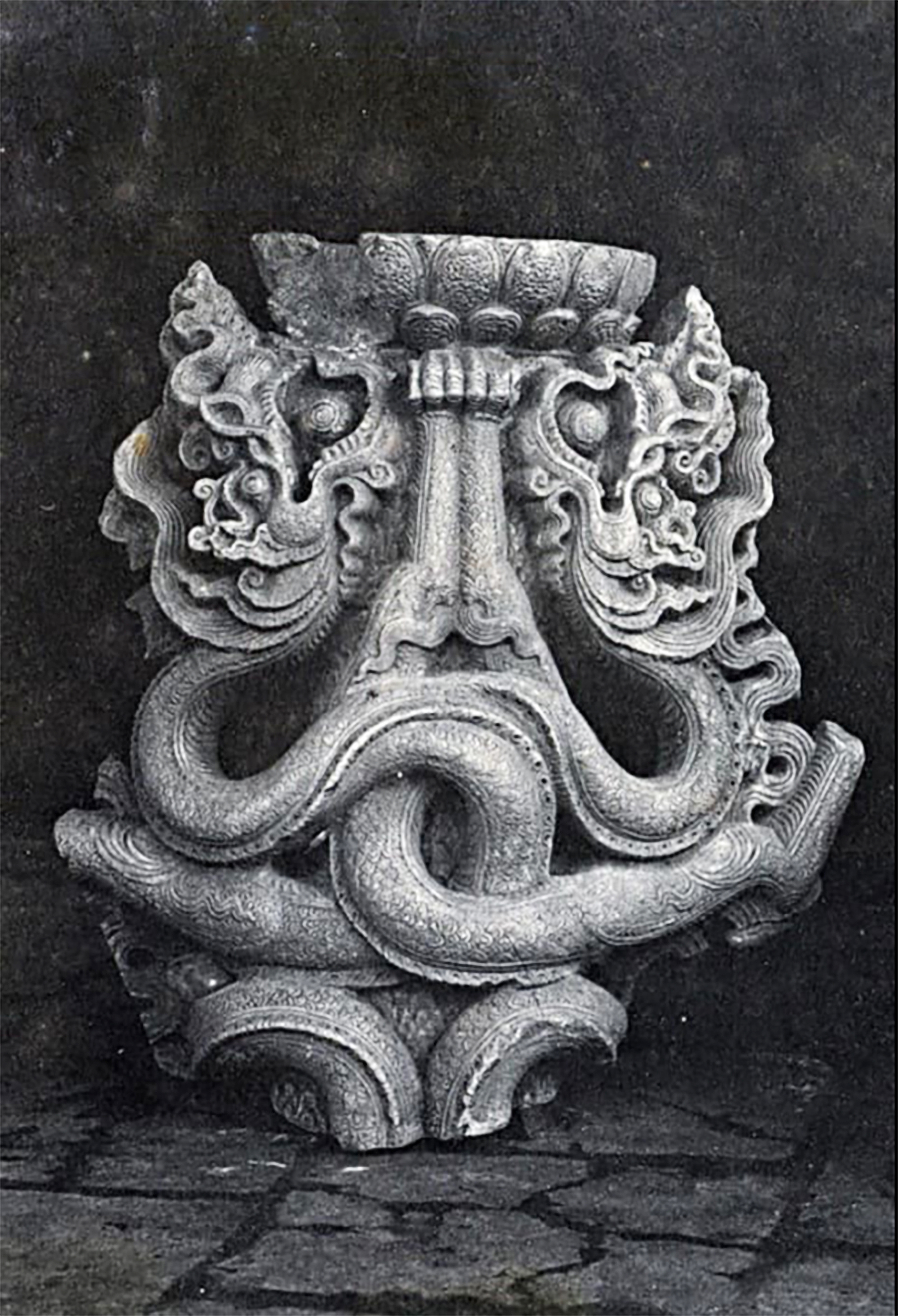
The stone pillar of Phat Tich pagoda has the shape of a dragon.
The Ly Dynasty allowed it and the Ly Dynasty kings did not keep the dragon for themselves as the Chinese emperors often "monopolized". The Ly Dynasty used the dragon as a national symbol, not a symbol of the royal family or the king. Therefore, the dragon could be on communal houses, pagodas, and even in private homes. The Ly Dynasty also did not have strict regulations such as how many claws the dragon had to have like the dragons of the Song or Ming dynasties in China. This helped the artisans to highly develop their creativity in creating dragons. One can see the democratic element of the Ly Dynasty dragon.
The dragon symbol of the Ly Dynasty is an affirmation of human rights, royal power and sovereignty of the Vietnamese people with the pride of being citizens of an independent country. Following the Ly Dynasty, the Tran Dynasty, the Le Dynasty, the Tay Son Dynasty, and the Nguyen Dynasty all used the dragon as a symbol of the nation through the authority of the king. Until now, the dragon is still considered the ancestor of the Vietnamese people from the Hong Bang period with the legend of Lac Long Quan - Au Co and the Vietnamese people today still consider themselves "Descendants of the Dragon and the Fairy".
Gather strength to fly
In the Ly Dynasty's visual arts, the image of the dragon can be considered a sacred symbol that carries the values and soul of the era. It not only established a distinct image for this dynasty in Vietnam but also created a difference for the image of the dragon in Asia. Although more or less influenced by the Tang Dynasty dragon, the Champa element and the sine rhythm have brought a very special appearance. In the side view, it is the sine rhythm that gradually tapers towards the tail, making this sacred animal seem to gather a strong momentum to fly up on the background of rippling clouds as a supporting element. Not to mention the dragon crest transformed into a Bodhi leaf cross-section, as if symbolizing the Buddhist spirit in harmony with the Confucian ideals of the era, making this symbol truly unique.
Associate Professor, Dr. Trang Thanh Hien, Vietnam University of Fine Arts
The Dragon Guardian God and " Fashion Style"
We see the image of the dragon in many temple inscriptions of the Ly Dynasty. In which, the image of the dragon always appears as an enlightened mythical creature, a guardian deity. We can see the image of the dragon spraying lapis lazuli water in the Minh Tinh stele, or the nine dragons playing the lute in the Sung Thien Dien Linh stele as a kind of reflection of the theory of the dragon king spraying water when the Buddha was born. Thus, it can be seen that the fine arts of the Ly-Tran period (as Chu Quang Tru called it) is Buddhist fine arts. The image of the dragon in the culture of the Ly-Tran period, specifically on the architectural and sculptural works of this period, probably all carry Buddhist connotations.
Dragons became a "fashion style" throughout the Tran Dynasty, to the point that even commoners and servants in commoners' houses "competed" to like dragon tattoos, forcing the court to issue a law prohibiting them. The Tran Dynasty royal family, originally a martial arts people from the sea, tattooed dragons on their thighs to always remember their ancestors' origins and avoid the "Giao Long" (crocodile, water dragon). The Tran Dynasty soldiers all had flower dragon tattoos (Thai Long) on their stomachs, backs and thighs as a symbol of the heroic spirit of Dong A.
The above data shows that the dragon was a popular symbol of the Ly-Tran period. The dragon appeared in the palace, the royal palace towers. The dragon was used to name mountains, rivers, pagodas, and towers. The dragon was a good omen signaling the arrival of a holy king, or signaling victory over the enemy. The dragon flew on the royal robe and dragon crown. The dragon entered the art of sculpture, architecture, and royal court performances. The dragon flooded into the folk art life. However, those rich manifestations only remained a few lines in historical documents.
Images such as twin dragons offering pearls, dragons attending to bodhi leaves, dragons on pillars in the model of Tu Di Dai - Cuu Son Bat Hai, dragons holding pearls, dragons flooding the material traces in Thang Long Imperial Citadel show that the dragon symbol not only appears in the space of Buddhist pagodas and towers but has become a prominent permanent element in royal culture and art.
A common feature of the dragon motif in the Ly Dynasty is the dragon holding a pearl. In our opinion, no previous research has decoded the meaning of this symbol. In fact, this motif comes from the dictionary "long nu hien chau" in Buddhist scriptures. The appearance of the motif "long nu hien chau" transforming into a male and becoming a Buddha can be considered a mark in terms of form showing the specific influence of Mahayana Buddhism on Dai Viet land during this period.
Associate Professor, Dr. Tran Trong Duong, Institute of Han Nom Studies
Dragon mark through the names "Long"
Research by Associate Professor Dr. Tran Trong Duong, Institute of Han Nom Studies, shows that during the Ly Dynasty, the name "long" appeared frequently in steles and historical records. The dragon appeared in Truong Xuan Palace, causing the king to name the stupa in (Buddhist) Do Son as Tuong Long. Dragons flying over the sea surface built a tower in Long Chuong Mountain (the splendor of dragons). Dragons rushing in flocks and teams across the river shape built a tower in Long Doi (dragon army). The dragon of Long Ty Mountain landed on the hand of Khai Minh Vuong, announcing the great victory against Chiem as a good omen for the wise king Ly Phat Ma (Ly Thai Tong). The dragon flew along the royal boat of King Ly Nhan Tong all the way to Long Thuy waterfall in the battle to suppress Ma Sa cave. Then Phi Long gate, Long Do pavilion, Hoi Long Palace, Long Thanh wall, then Long Tri in the royal palace to perform the dragon rolling on the mountain to wish Van Tue Nam Son longevity...
Source link


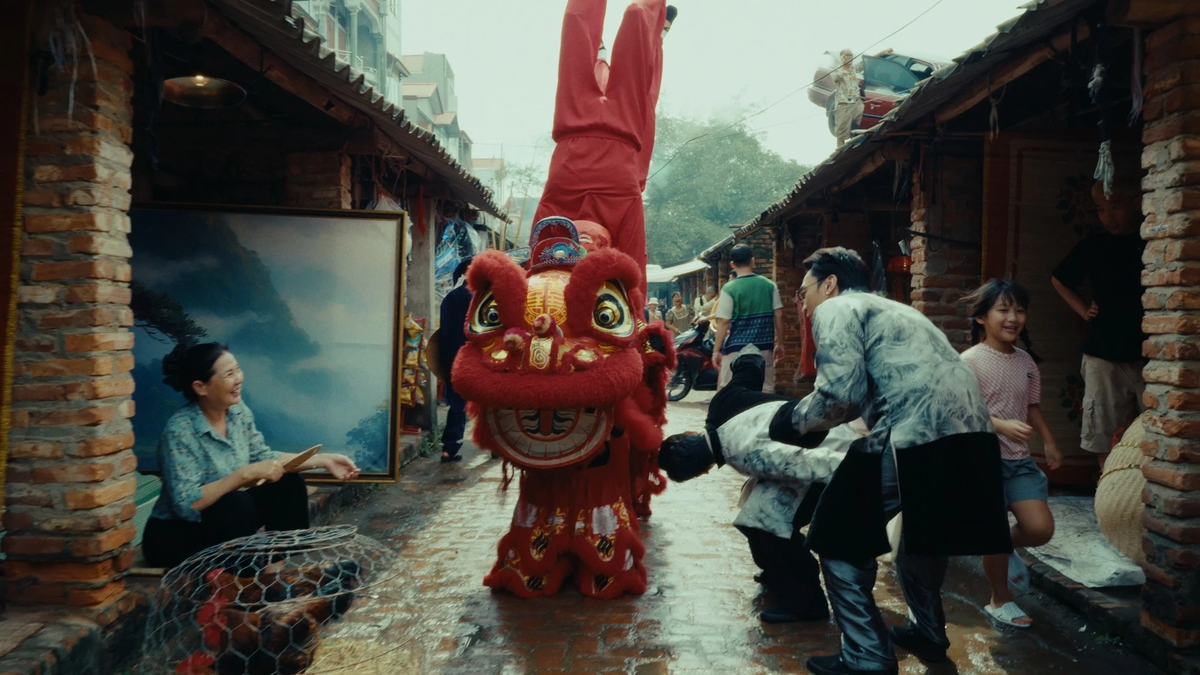
![[Photo] The Standing Committee of the Organizing Subcommittee serving the 14th National Party Congress meets on information and propaganda work for the Congress.](https://vphoto.vietnam.vn/thumb/1200x675/vietnam/resource/IMAGE/2025/11/19/1763531906775_tieu-ban-phuc-vu-dh-19-11-9302-614-jpg.webp)
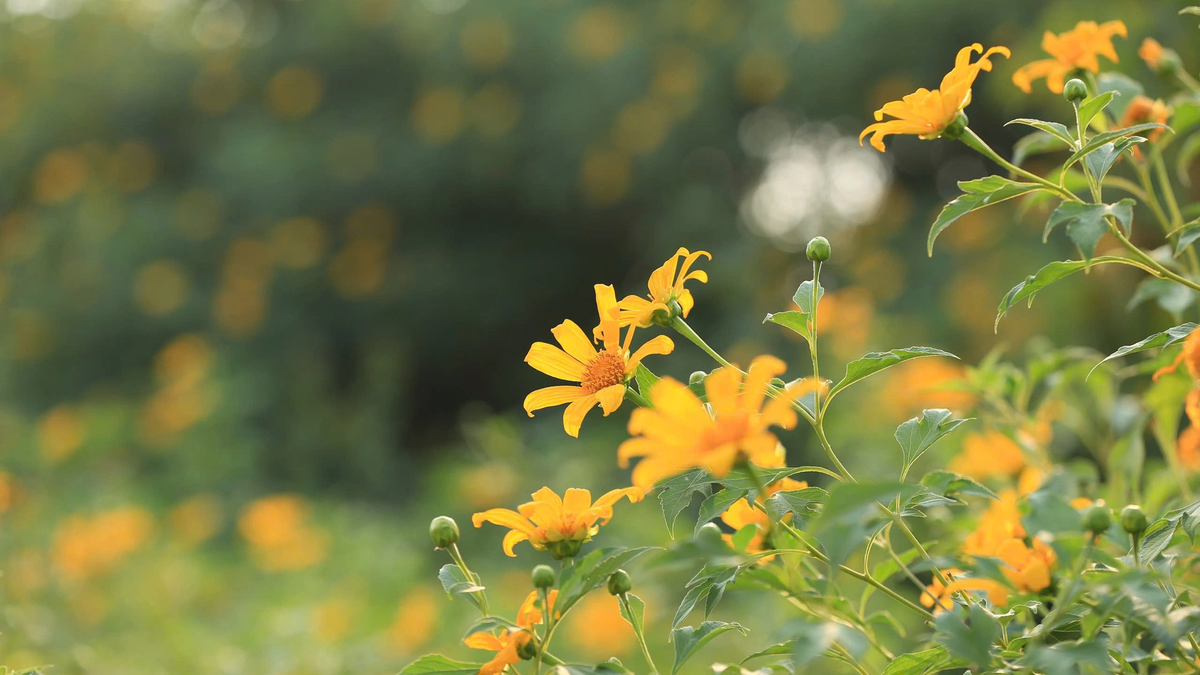
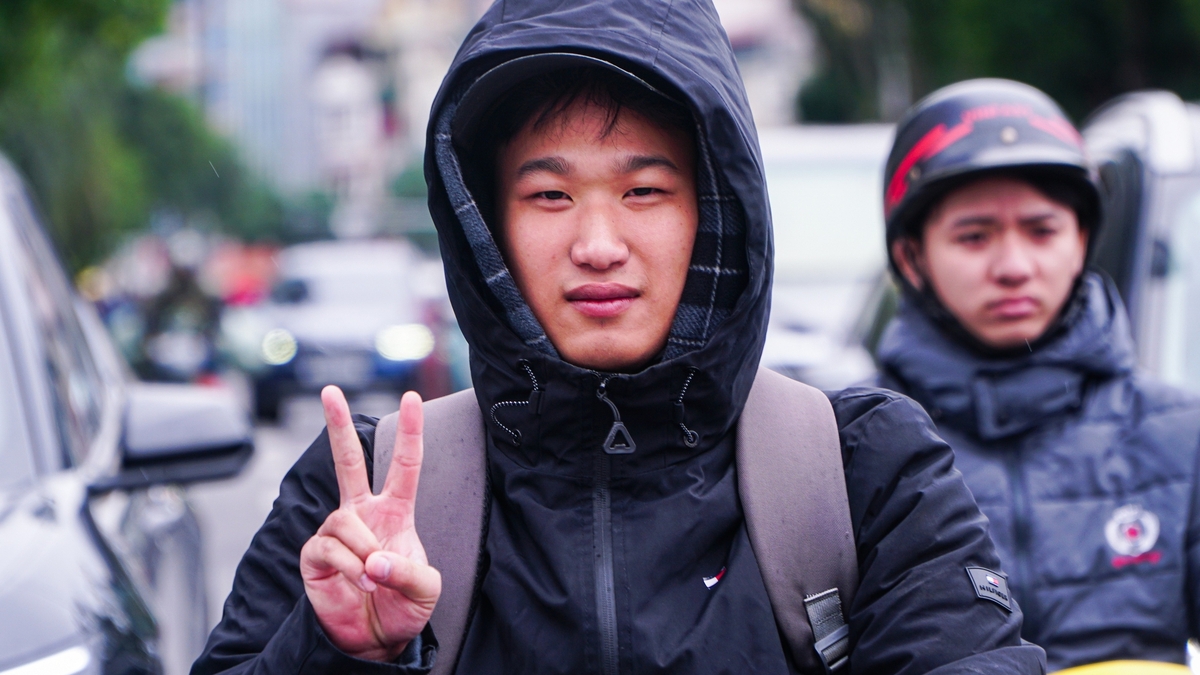


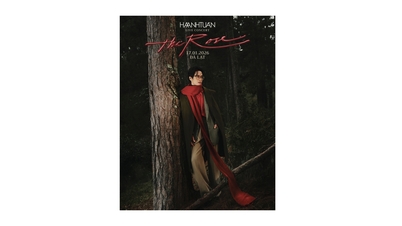
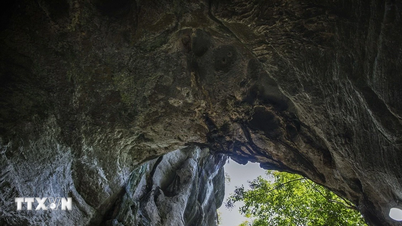



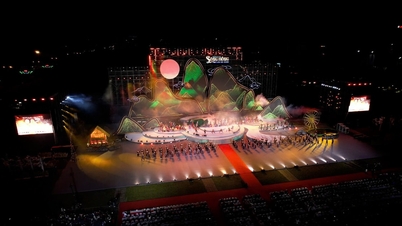

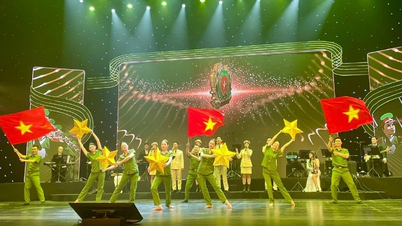

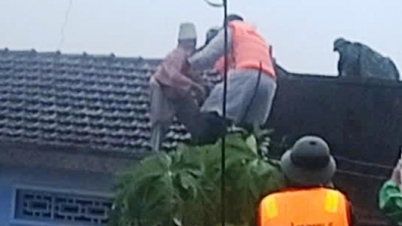




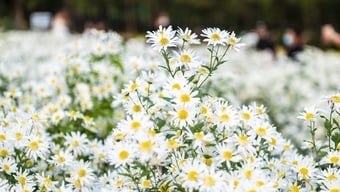
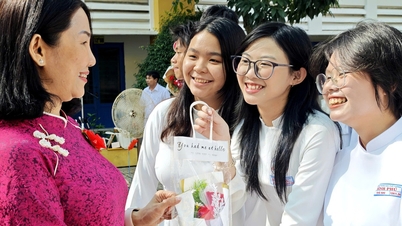


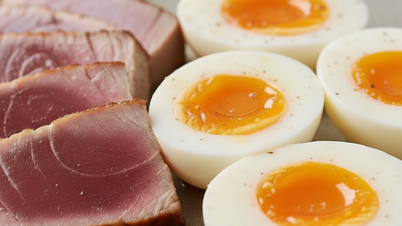
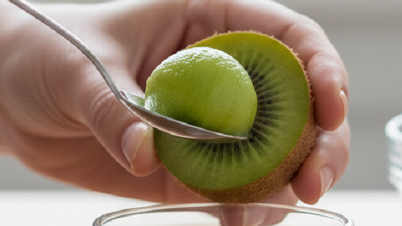

![[Photo] Prime Minister Pham Minh Chinh and his wife meet the Vietnamese community in Algeria](https://vphoto.vietnam.vn/thumb/1200x675/vietnam/resource/IMAGE/2025/11/19/1763510299099_1763510015166-jpg.webp)
![[Photo] General Secretary To Lam receives Slovakian Deputy Prime Minister and Minister of Defense Robert Kalinak](https://vphoto.vietnam.vn/thumb/1200x675/vietnam/resource/IMAGE/2025/11/18/1763467091441_a1-bnd-8261-6981-jpg.webp)









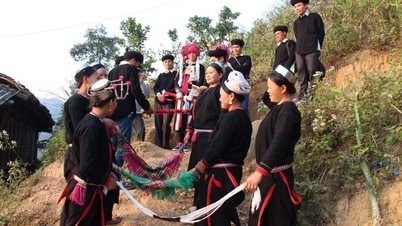
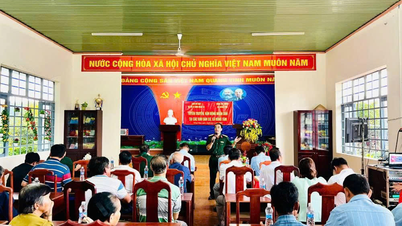



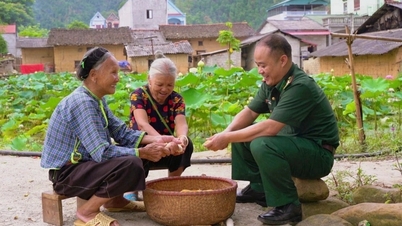




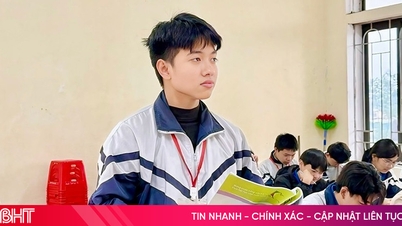


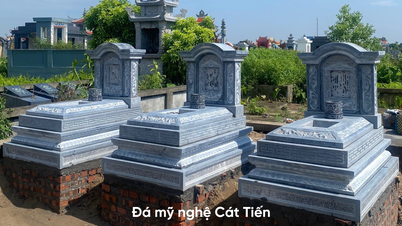



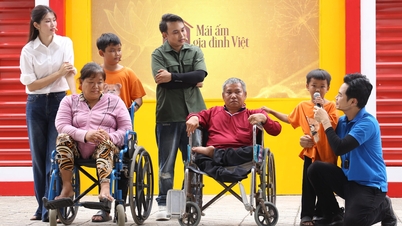

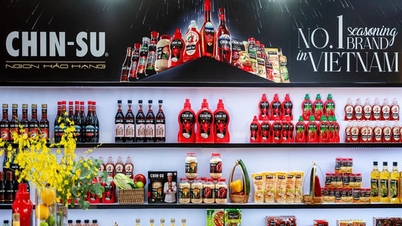

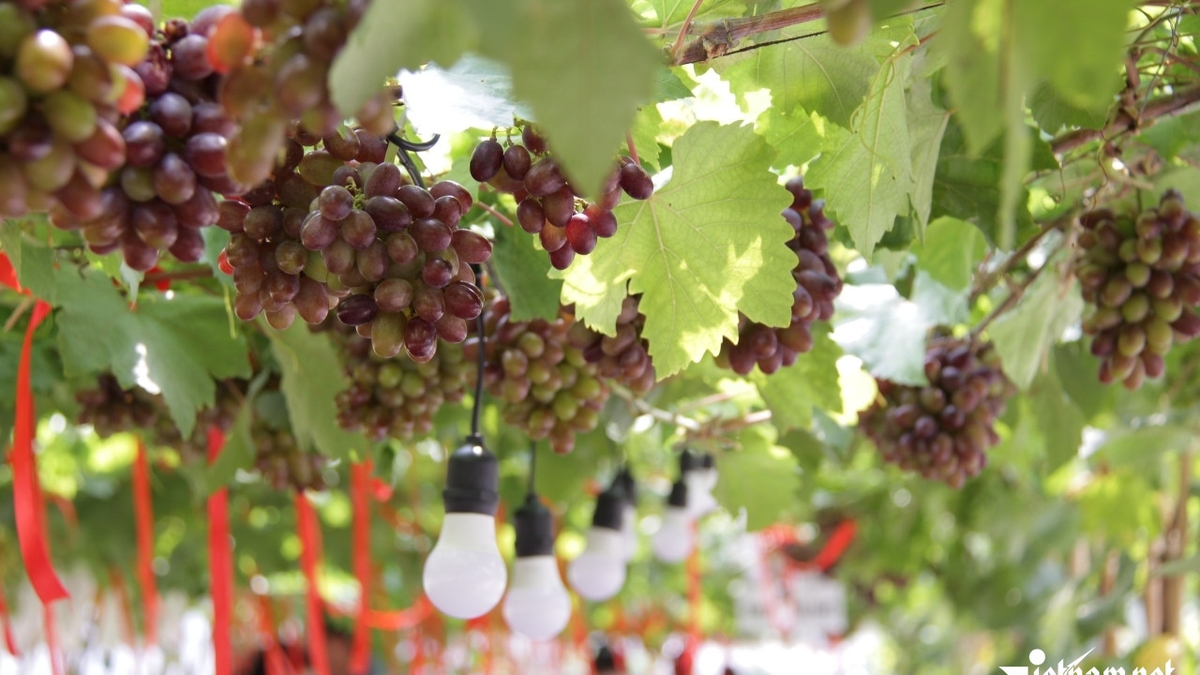
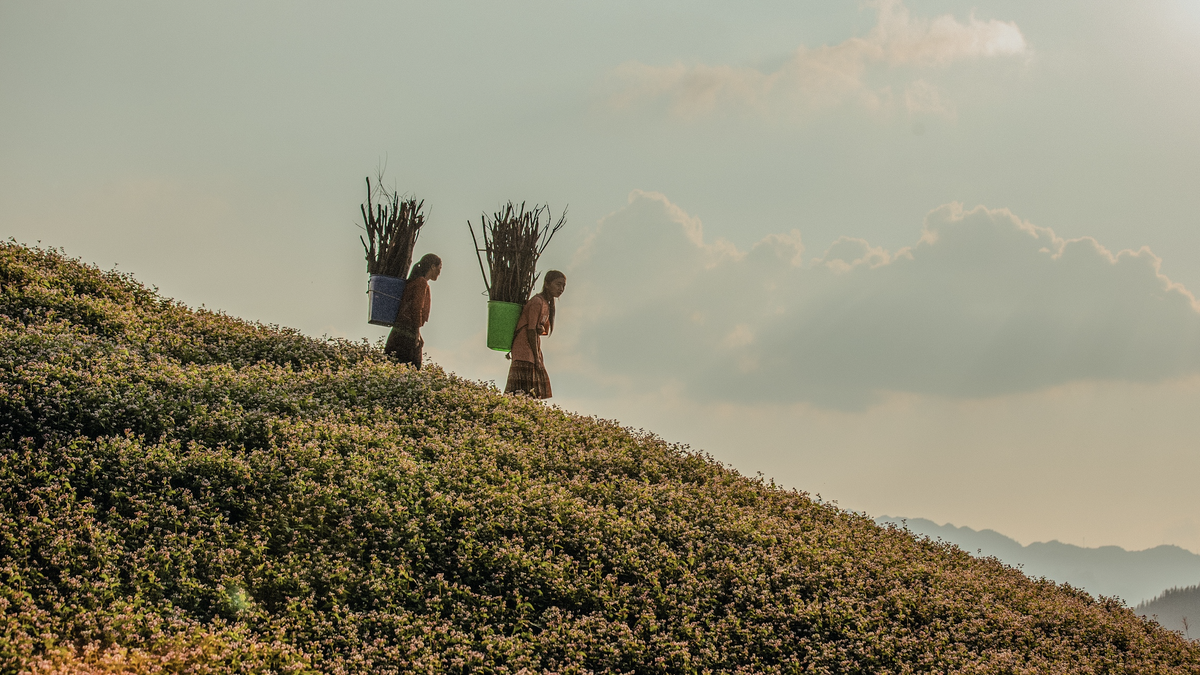


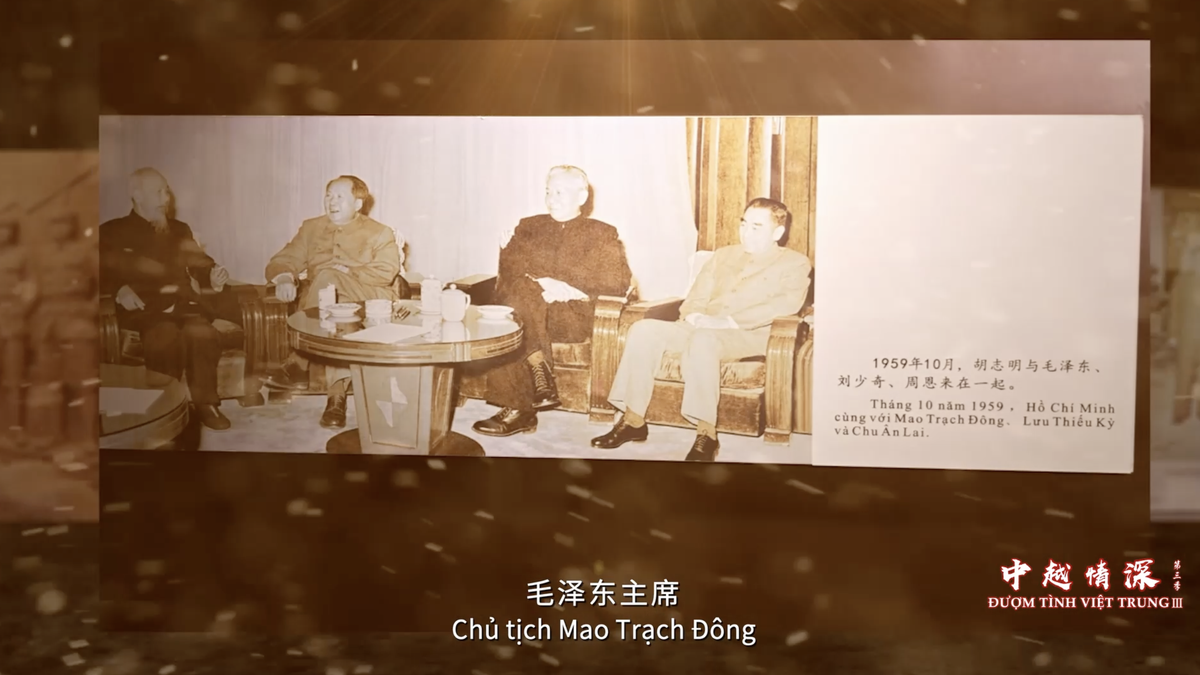
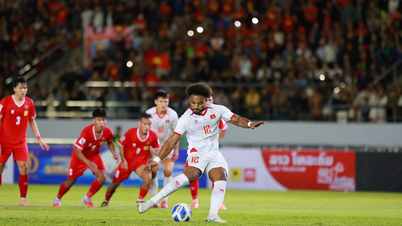





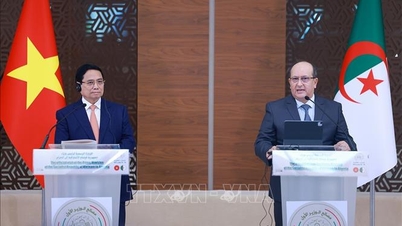



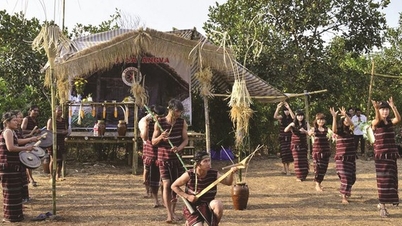



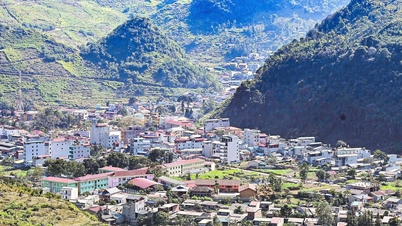


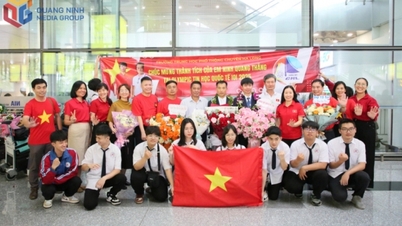




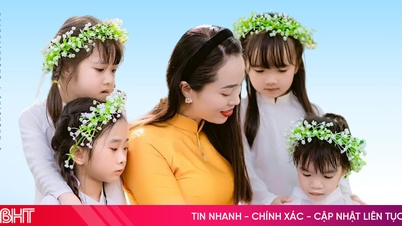


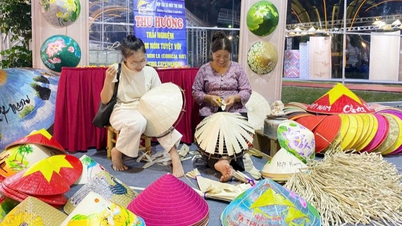




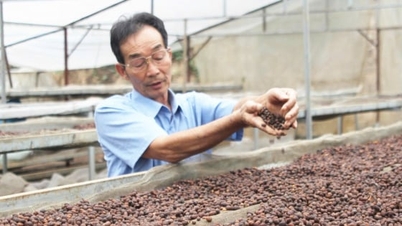








Comment (0)